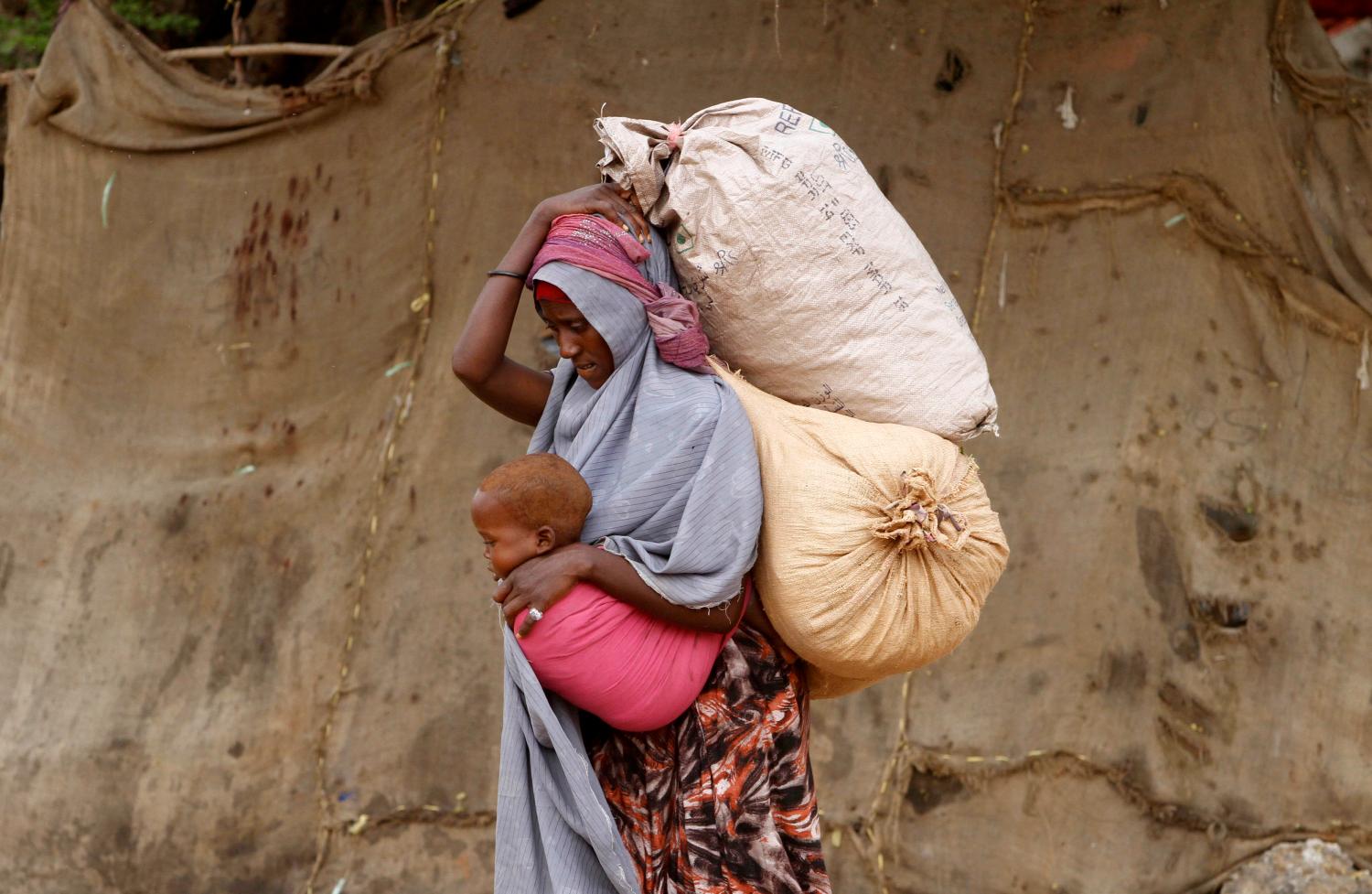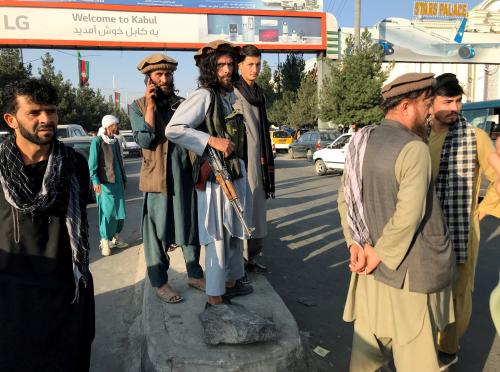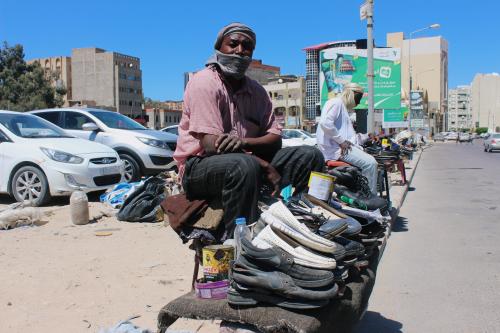 Somalia has the seventh-largest internally displaced population in the world at 1.1 million people. It is the scene of one of the world’s longest continuous humanitarian assistance operations, dating back to the late-1980s.
Somalia has the seventh-largest internally displaced population in the world at 1.1 million people. It is the scene of one of the world’s longest continuous humanitarian assistance operations, dating back to the late-1980s.
Many defining characteristics of the international humanitarian response in Somalia – extremely dangerous conditions, deliberate targeting of aid workers, terrorist threats, protracted population displacement mixed with new rounds of population upheavals, fragmentation of government authority, failed or problematic peacekeeping operations, remote programming – have unfortunately become more common in humanitarian operations around the world by 2014.
In an environment like Somalia that is detrimental to effective humanitarian action, it is relatively easy to document disappointing results, but rather more difficult to decipher what should be done better and more effectively in the face of overwhelming odds.
The UN hierarchy is more aware and engaged on population displacement issues in Somalia than was the case ten years ago although the fact that UN agencies are split between Mogadishu and Nairobi is a thorn in the side for many. While the cluster system is functioning, there is a sense that humanitarian agencies have fallen into a dangerous habit of focusing on Somalia’s protracted assistance needs while responding slowly to emergency needs that are more dire and require a rapid priority response. Major challenges include addressing aid diversion and gatekeepers as well as coping with shifting internally displaced person (IDP) populations given trends in evictions, relocation and returns. Other areas needing continual attention are gender-based violence and child protection as well as developing humanitarian linkages with long-term development initiatives, as is currently being piloted by the Solutions Alliance. Humanitarian leaders express optimism that the Somali government’s New Deal initiative, which emphasizes stabilization and long-term development goals, will provide a vehicle for more effective coordination between relief agencies and development experts.
In terms of funding, Somalia has received 65 percent of the funds requested for the country in recent years through the Consolidated Appeal and/or Strategic Response Plan. While Somalia is not quite the “abandoned step-child” of the humanitarian system that some claim it to be, the struggle for adequate funding has intensified noticeably in recent years.
Recommendations:
- International humanitarian staff, particularly the staff members of cluster lead agencies, should continue to return to Mogadishu as rapidly as permitted by forward-leaning security analyses. Cluster discussions and decisions should shift from Nairobi to Mogadishu.
- International NGOs should collaborate more closely with the UN’s Risk Management Unit which assesses the risk of corruption before contracts are signed with local companies and organizations.
- Humanitarian agencies, working together in close coordination under the Humanitarian Coordinator, should place a high priority on creation of a realistic relocation plan that protects IDPs from arbitrary evictions and exploitation while addressing legitimate desires of the Somali government to rationalize the chaotic IDP settlements of Mogadishu. Donors should be prepared to support this effort.
- UNHCR should, as a matter of highest priority, install a full-time dedicated coordinator for the protection cluster. The coordinator should be based in Mogadishu as early as possible


